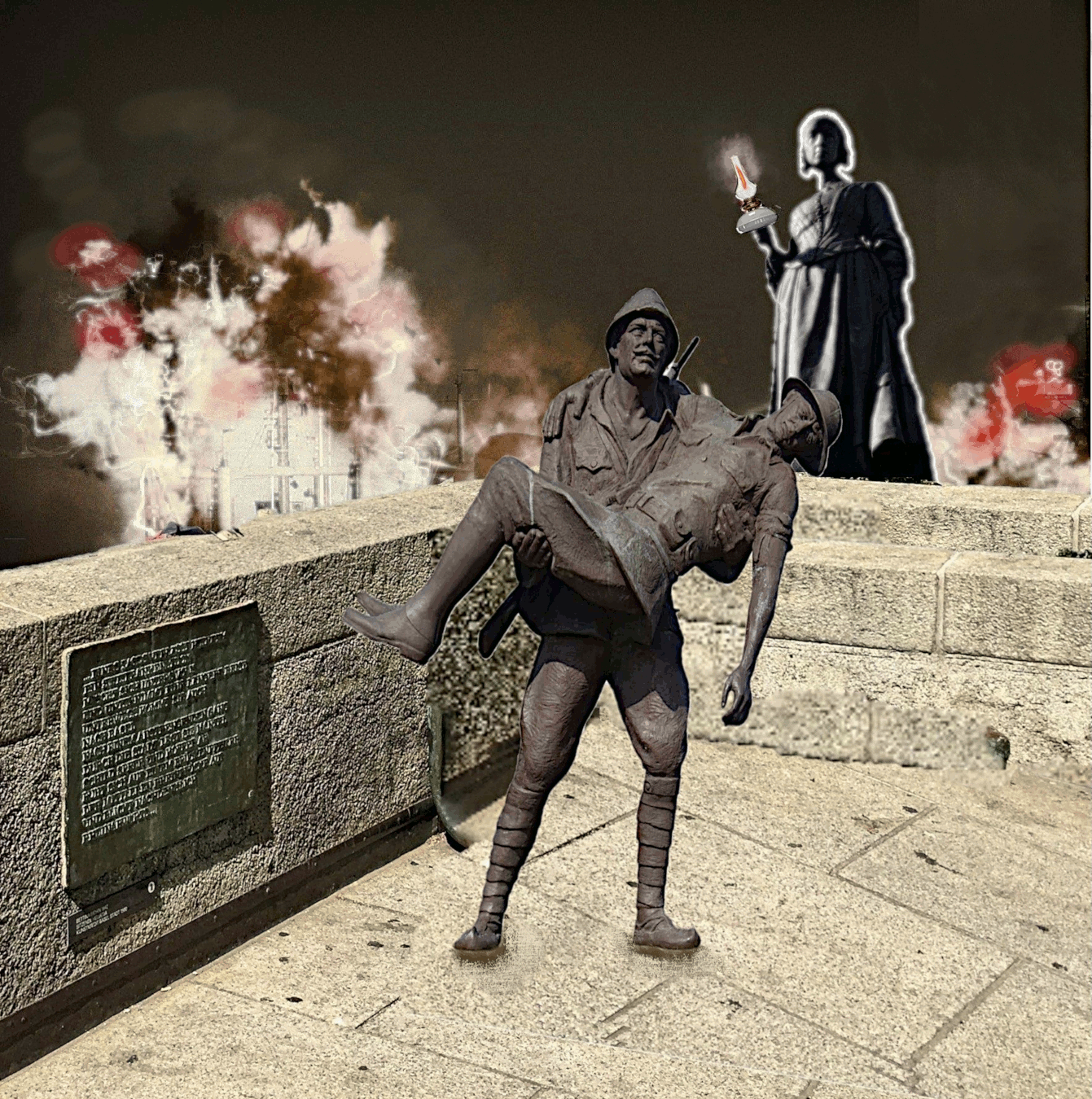
This week, @shaka has offered the LMAC community a stirring photo of what appears to be a war-weary figure.
@shaka's Photo
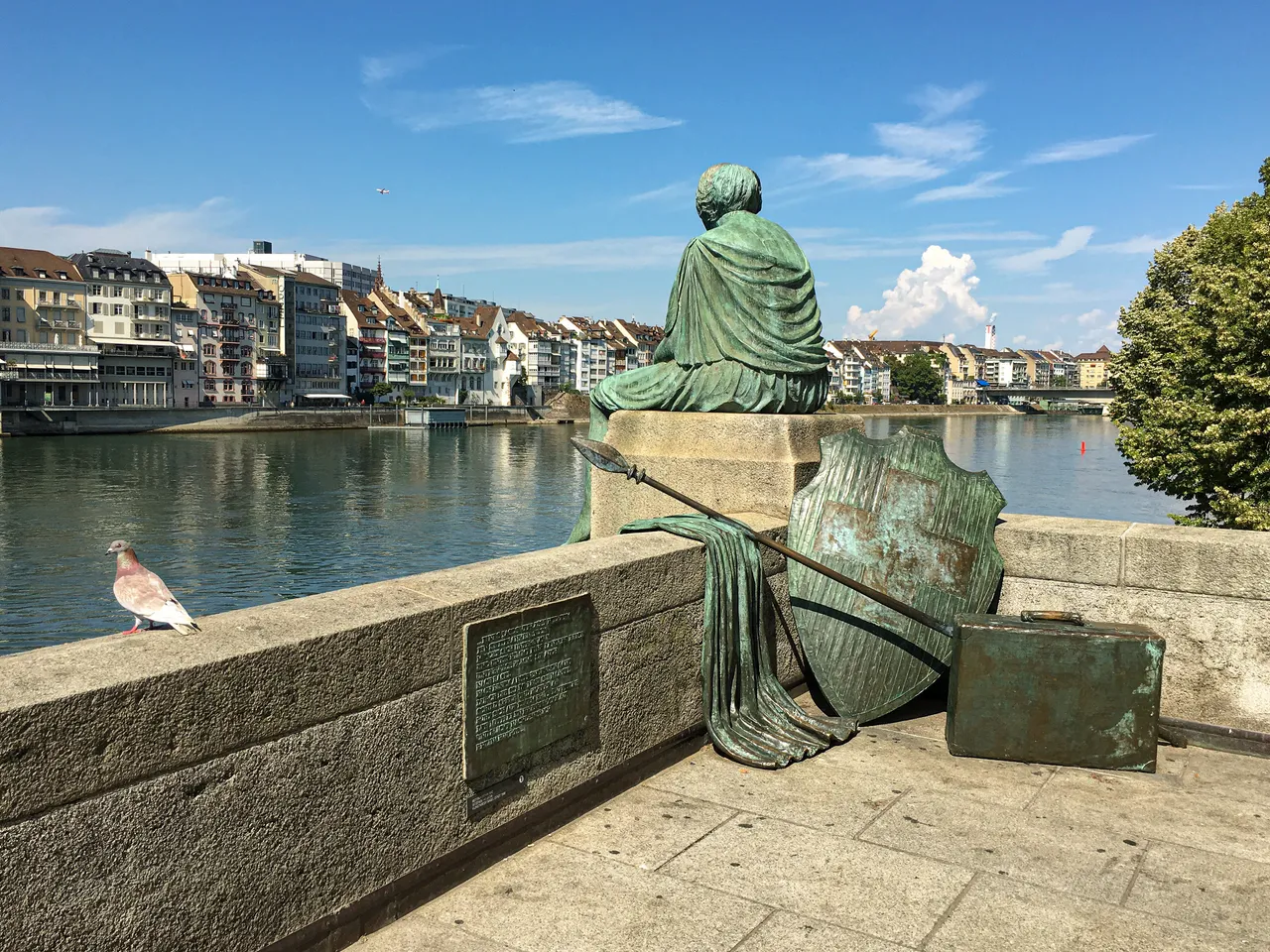
I knew immediately the statue was not going to be part of my collage, but would inspire it. While it seemed important to capture the mood (as I saw it) of this statue, I wanted the message to be more forward-looking, less despairing. So I called upon Florence Nightingale, "The Lady with the Lamp", to help out.
Florence Nightingale as the Lady with the Lamp
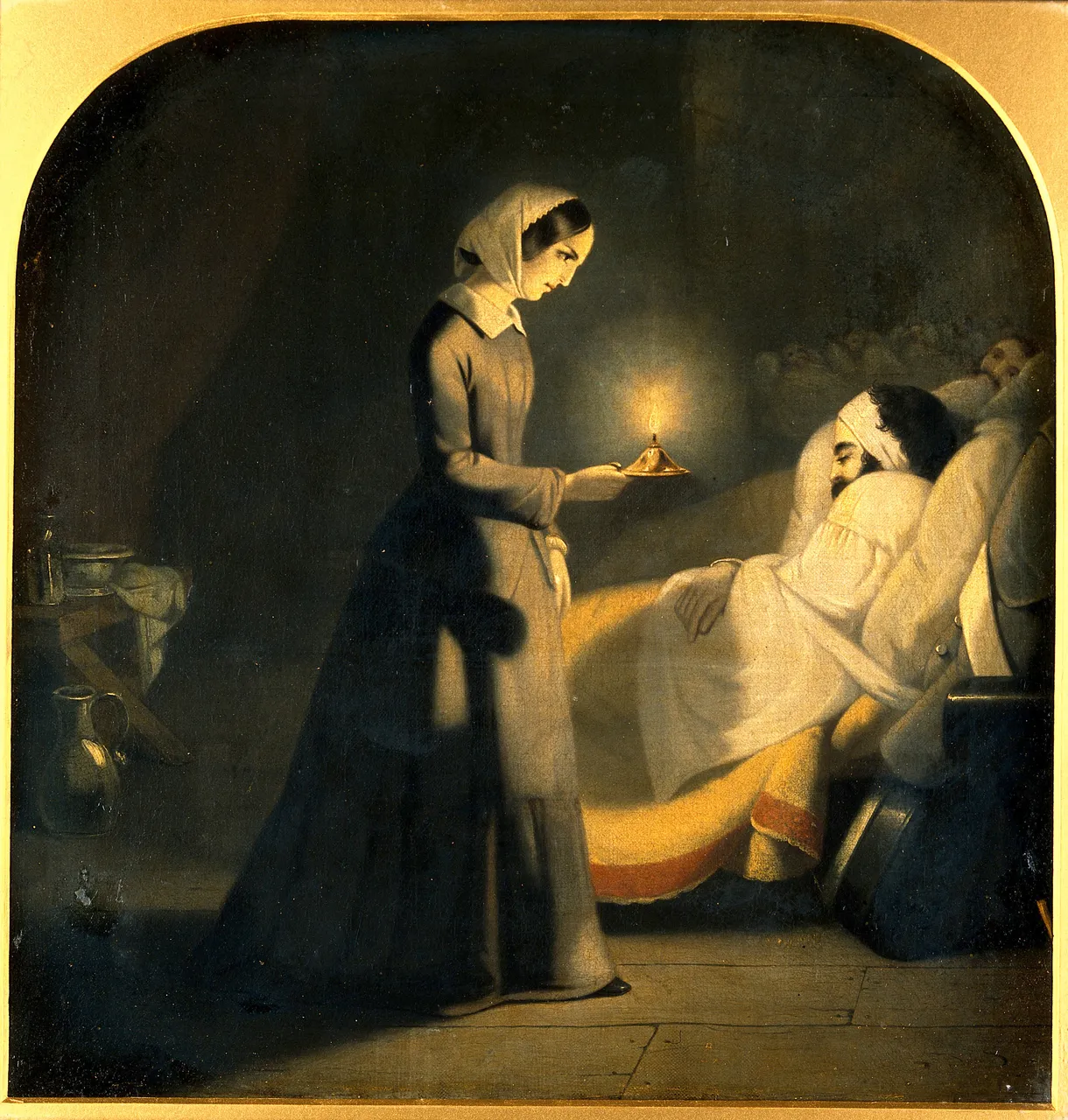
Image credit: Wellcome Collection gallery (2018-03-29): https://wellcomecollection.org/works/wtaxxvvz CC-BY-4.0

Florence Nightingale earned the enduring love of her country for her service during the Crimean War. Since performing that service, she has earned the enduring respect and admiration of millions across the world because of the healthcare reforms she promoted.
The Crimean War (March, 1854-Frebruary, 1856)
The First Shot of the War, April 6, 1854
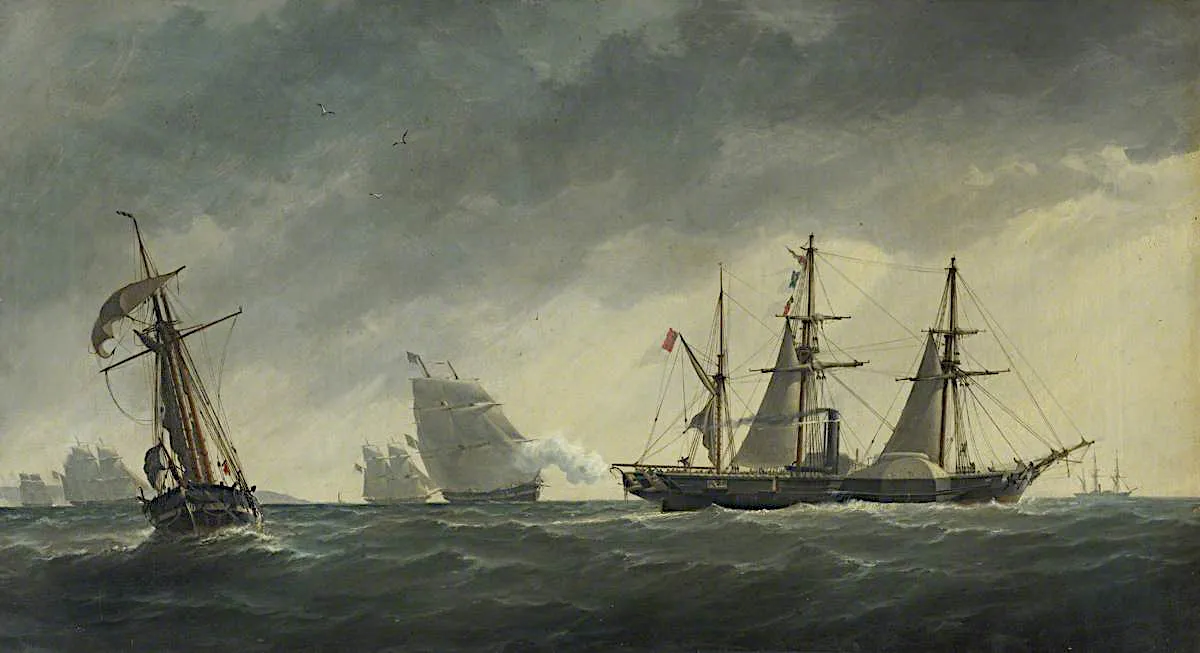
Richard Henry Nibbs (1816-1893)Public domain
The Crimean War has been called the first modern war. Combatants had the benefit of so many new, and improved weapons. Mass produced rifles. Bessemer shells, and Bessemer guns. Floating mines. And armored assault vessels with long-range weapons.
Charge of the Heavy Cavalry Brigade, 25th October, 1854
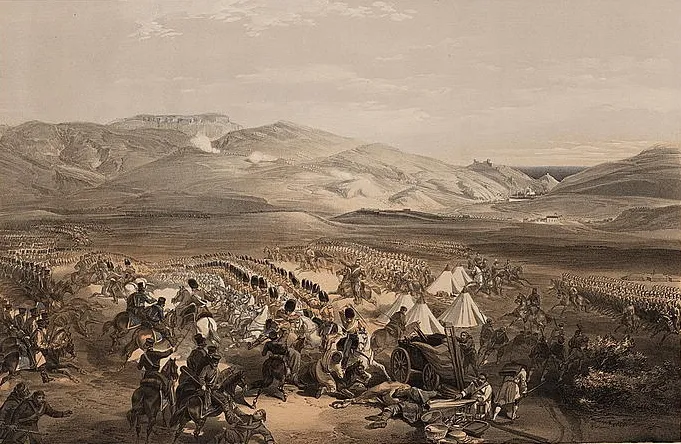
Credit: W. Simpson del. ; E. Walker lith. 1854 Public domain.
The picture is an engraving made for Queen Victoria. It shows the Battle of Balaclava. It was at this battle that the famed 'Light Brigade' charged. In this disastrous miscalculation, out of a total force of 670, 110 British soldiers died, 160 were wounded, and 375 horses perished.
Getting wounded, in the Crimean War, was often a death sentence.
More Died of Wounds and Illness Than Fell in Battle
Barrack Hospital in Scutari
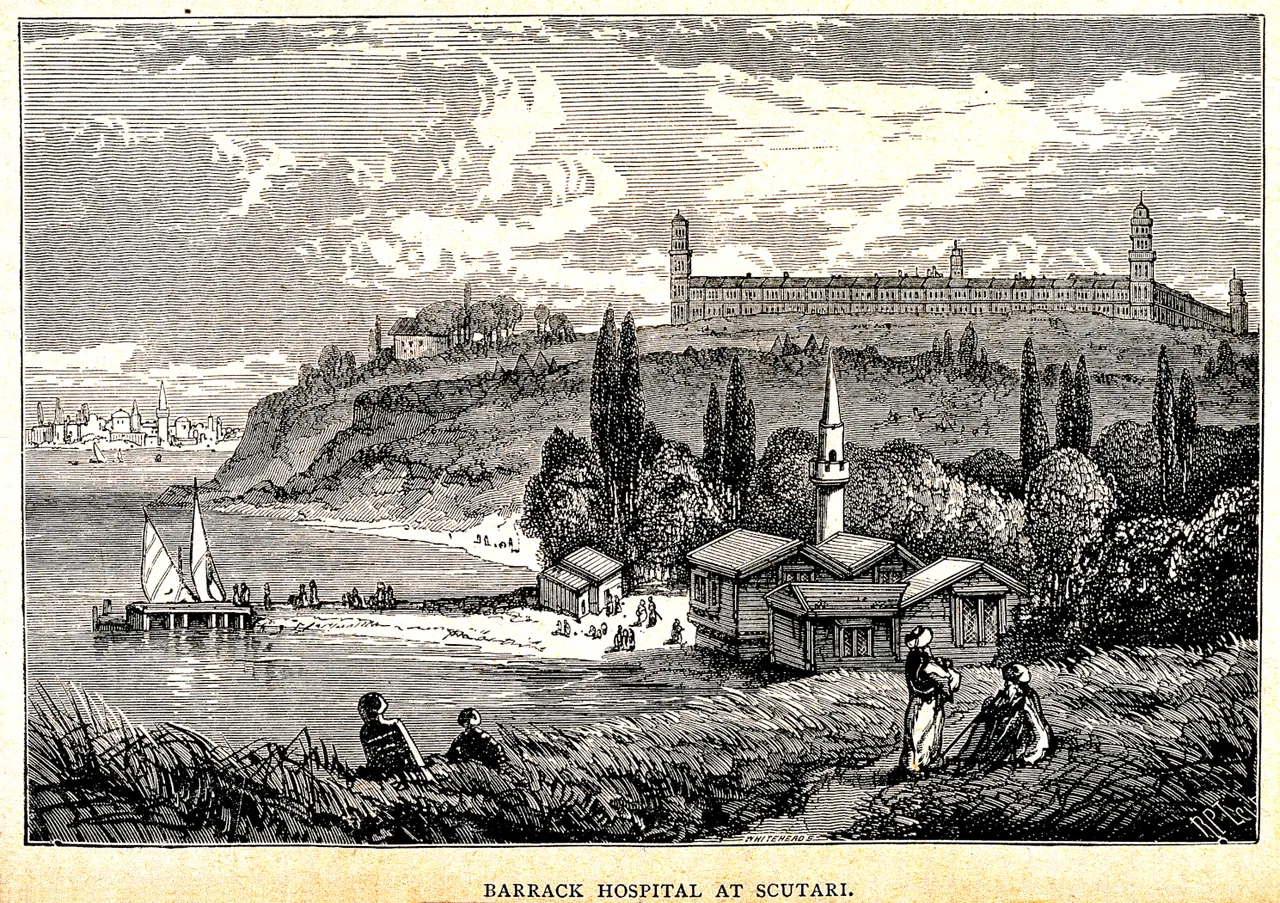
Credit: Wood engraving by Whitehead after R.P. Leit. Wellcome Collection gallery (2018-03-28): https://wellcomecollection.org/works/qh4yuyry CC-BY-4.0
By late 1854, it was evident that a devastating number of British soldiers were dying in the Barrack hospital at Scutari. An article (2010) in the American Journal of Public Health explains:"Ten times more soldiers were dying of diseases such as typhus, typhoid, cholera, and dysentery than from battle wounds".
The Secretary of War asked Florence Nightingale to bring a contingent of nurses to Crimea to see if the mortality rate could be lowered.
One of the Wards in the Hospital at Scutari
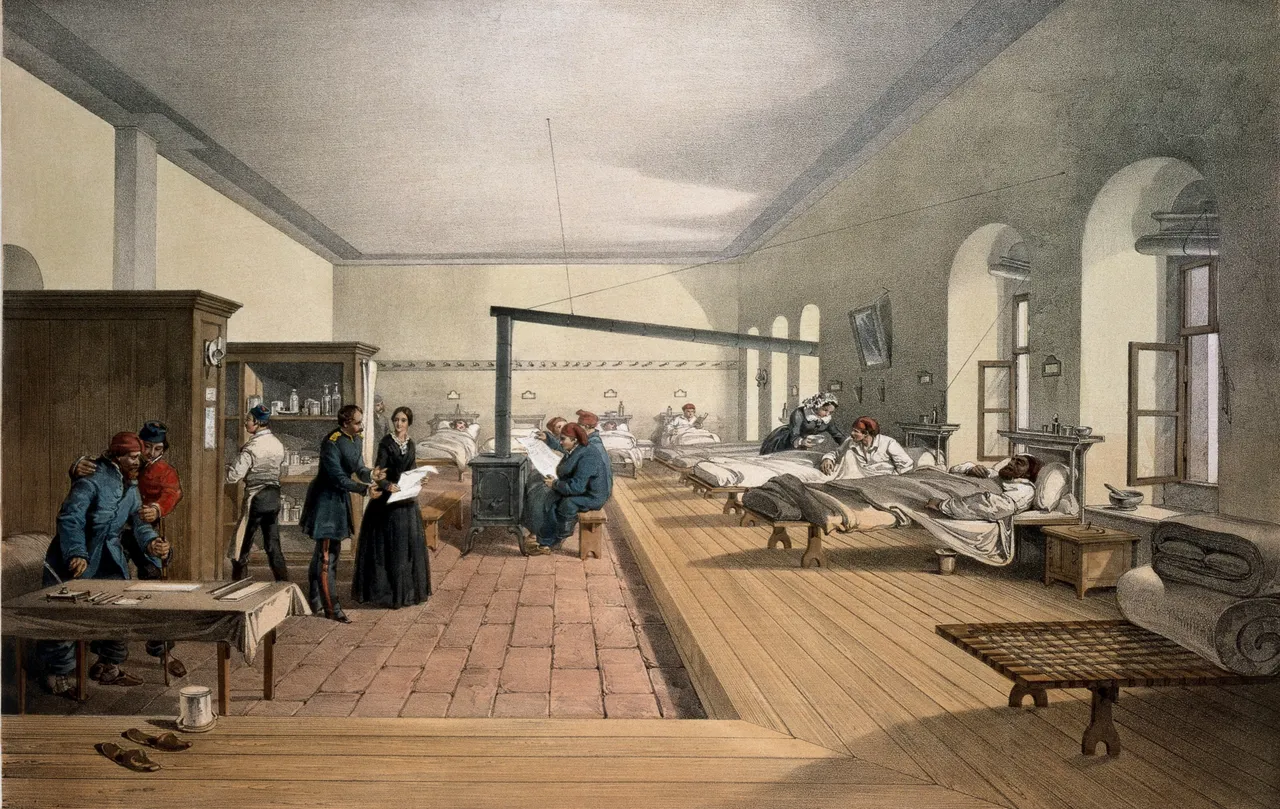
William Simpson (artist, 1823–1899), E. Walker (lithographer), Restoration by Adam Cuerden Wellcome Collection gallery (2018-03-21): https://wellcomecollection.org/works/ssfhw5uq CC-BY-4.0
The conditions Nightingale found were appalling: "...there was no clean linen; the clothes of the soldiers were swarming with bugs, lice, and fleas; the floors, walls, and ceilings were filthy; and rats were hiding under the beds". (From The American Journal of Public Health).
Upon investigation, it was discovered that, in addition to all its other difficulties, the hospital had been built over a sewer.
Burial Ground at Barrack Hospital in Scutari
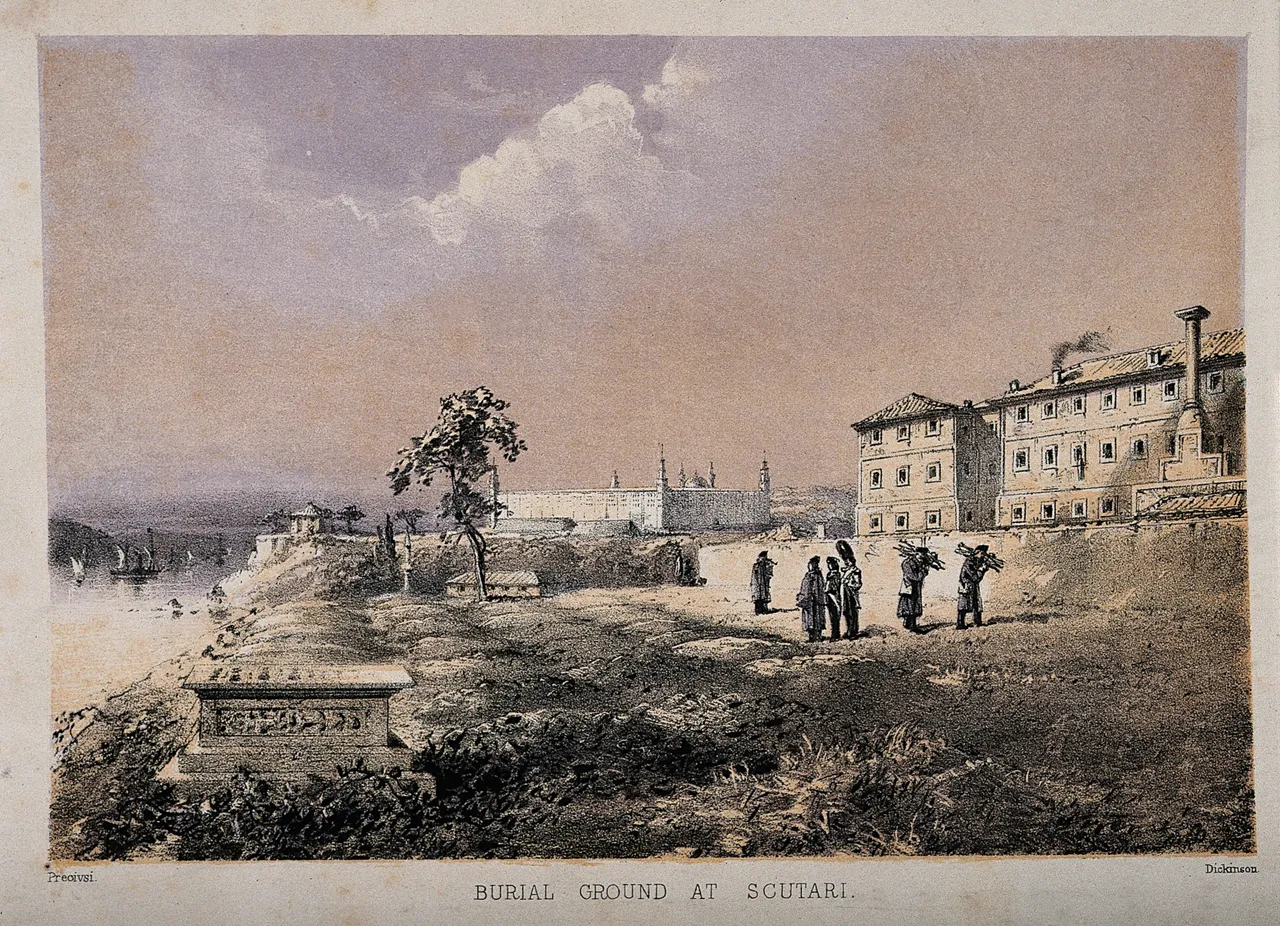
Credit:Coloured lithograph by Dickinson after Precivsi. From Wellcome Collection gallery (2018-03-28): https://wellcomecollection.org/works/c3txfh6q CC-BY-4.0

Florence Nightingale brought to her task at Scutari an ideal combination of skills. She was first of all compassionate. It was said that long after other staff had gone to bed at night, she would walk the wards and tend patients. It was soldiers in the wards who gave her the name, 'Lady with the Lamp'.
Florence Nightingale Tending Sick Soldiers at Scutari Hospital
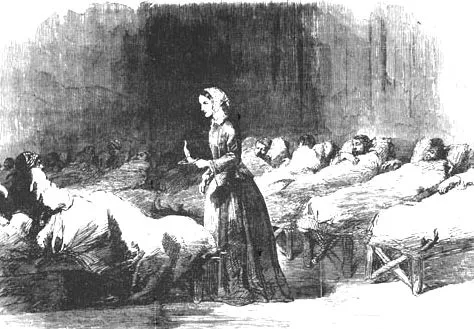
Credit: Illustrated London News, February 24, 1855. Public domain
However, Florence Nightingale was more than a compassionate human being. She was "one of the most prominent statisticians in history".(From The American Statistical Association) She had insisted as a child that she be instructed in math, although this was not recommended for girls(!). As a nurse, she used data to help her understand the pattern of illness and death. This data also was helpful after the Crimean War when she became actively involved in healthcare reform, both civilian and military.
Diagram of the Causes of Mortality in the Army in the East

Credit: Florence Nightingale,1856. Public domain. This chart was submitted to Queen Victoria as part of Nightingale's report on her Scutari experience and also as support for reforms she hoped to make in healthcare delivery.

Florence Nightingale received accolades for her service during the Crimean War and for her contributions afterwards. She did pay a price. She herself became severely ill while in Scutari and never fully regained her health. She lived the remainder of her years (died in 1910) a semi-invalid. Despite her illness she remained a formidable force in medicine.
In 1860 she founded the first professional nursing school at St. Thomas Hospital
Florence Nightingale with Nursing Students at St. Thomas Hospital
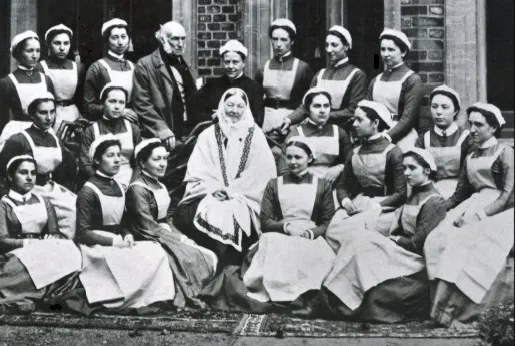
Credit: Former BBC. CC license 4.0

It would be impossible in the space of a blog to do credit to the life of this remarkable woman. An article in Clinical Infectious Diseases attempts to sum up her achievements: "Florence Nightingale's influence today extends beyond her undeniable impact on the field of modern nursing to the areas of infection control, hospital epidemiology, and hospice care".


My Collage
When I saw @shaka's photo, it seemed to me the statue was of a woman. It was a war-weary figure that looked out at the water with perhaps dismal design. I thought immediately of Florence Nightingale. I had to remove the statue of the despairing (it seemed) figure and replace it with a forward-looking Florence Nightingale. (This wasn't easy. There were many steps.)

I replaced the background, to place Florence in a war setting, where there was evident danger.
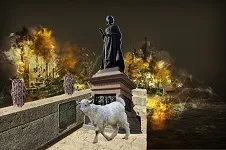
(The goat and owls were ideas dispatched--she used a goat for milk while in Crimea and had a dearly loved owl at home.)
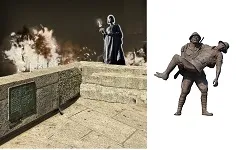
Finding the right figure to place at the center of the blog was a challenge. The statue I settled upon expresses what I wanted to say.
After all that was done, I played with lighting. Enhanced the explosives in the background and added a lamp to the Florence statue). On the way to this collage there were a couple of GIFs, I rejected. Here's one:
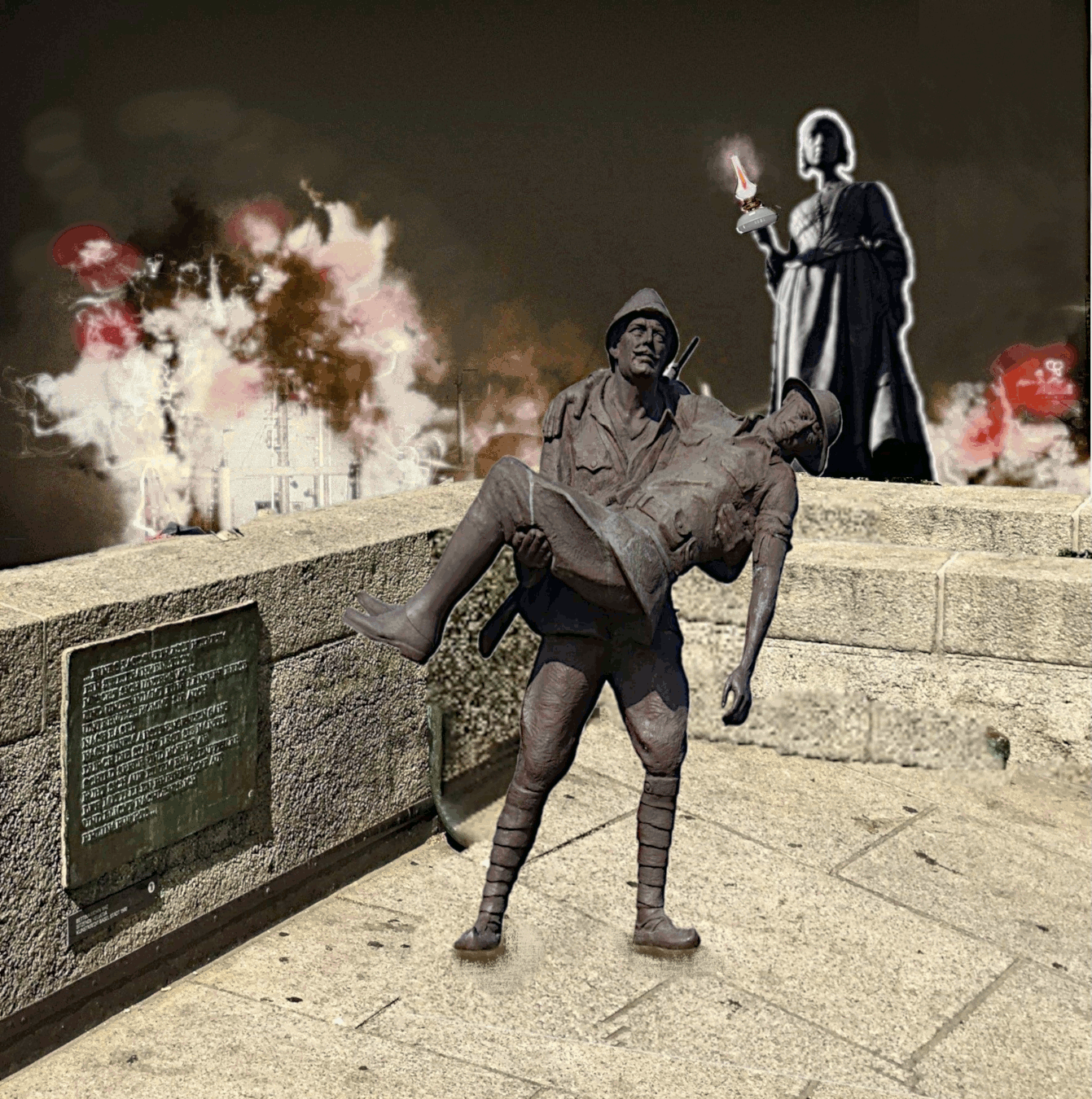
I decided quiet understatement was more appropriate.
Elements, all public domain:
Florence Nightingale statue
Lamp
Soldiers
Background
Paint3D, GIMP and Paint were used as tools for resizing, lighting, etc.

Thank you @shaka for the work you put in to make LMAC a vibrant community. Each one of these collage exercises is for me not only a creative exercise but also a learning experience.
Please readers, take a look at @shaka's blog to see how others interpreted this week's template photo. If you'd like to join in (yes, do!), we have a school run by @quantumg to help you along. This very talented gentleman answers questions outside of class, also :)

